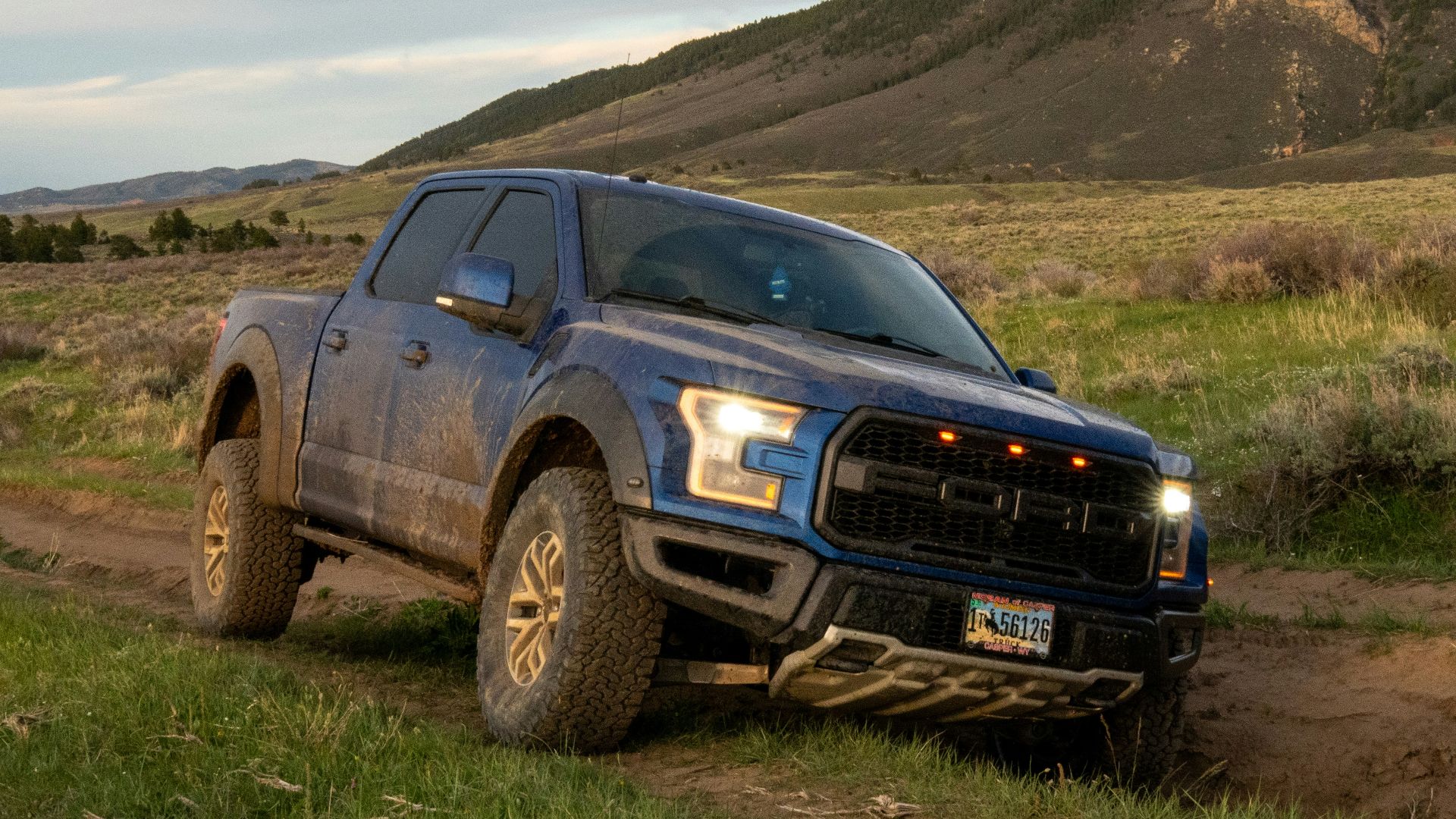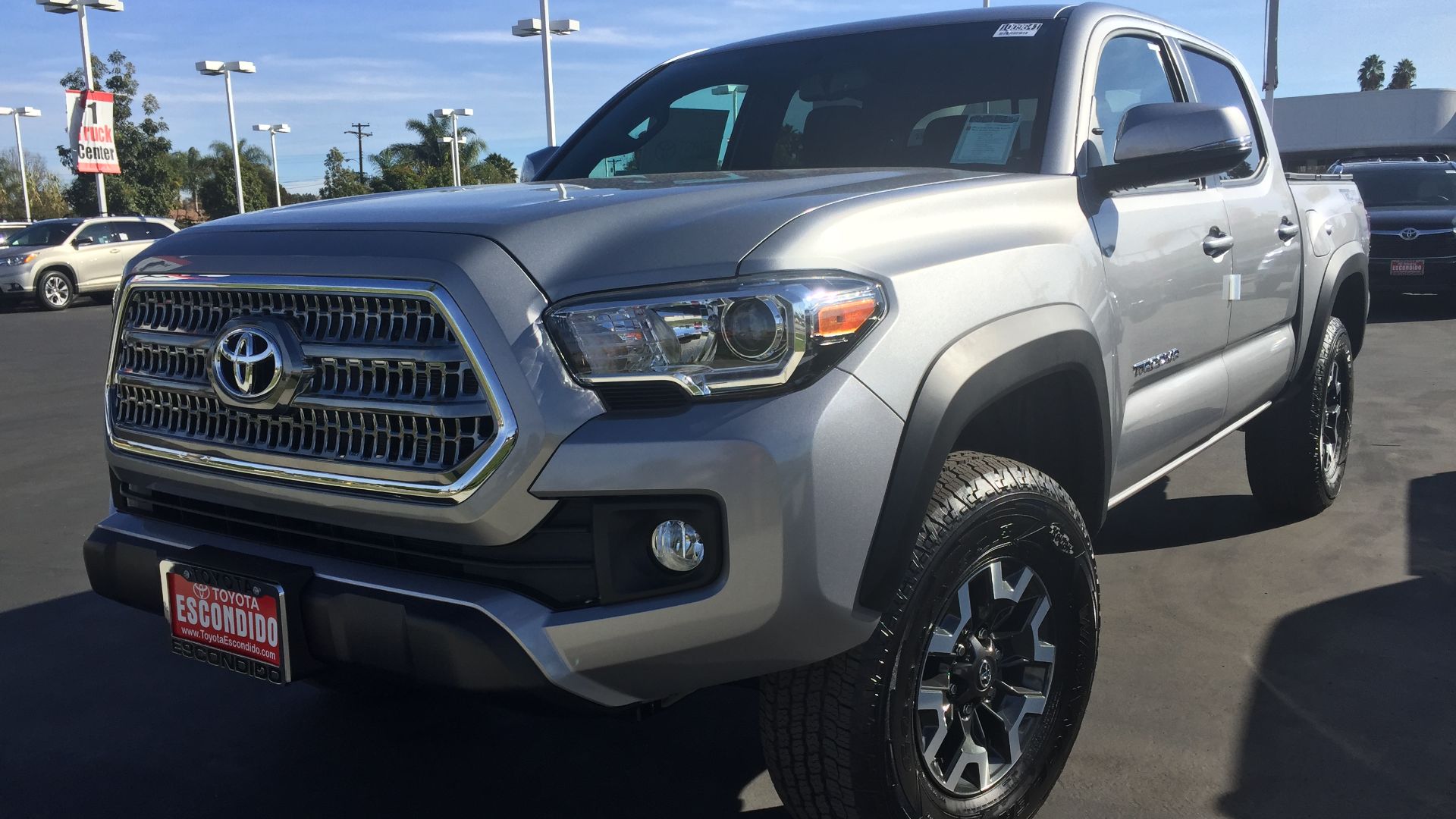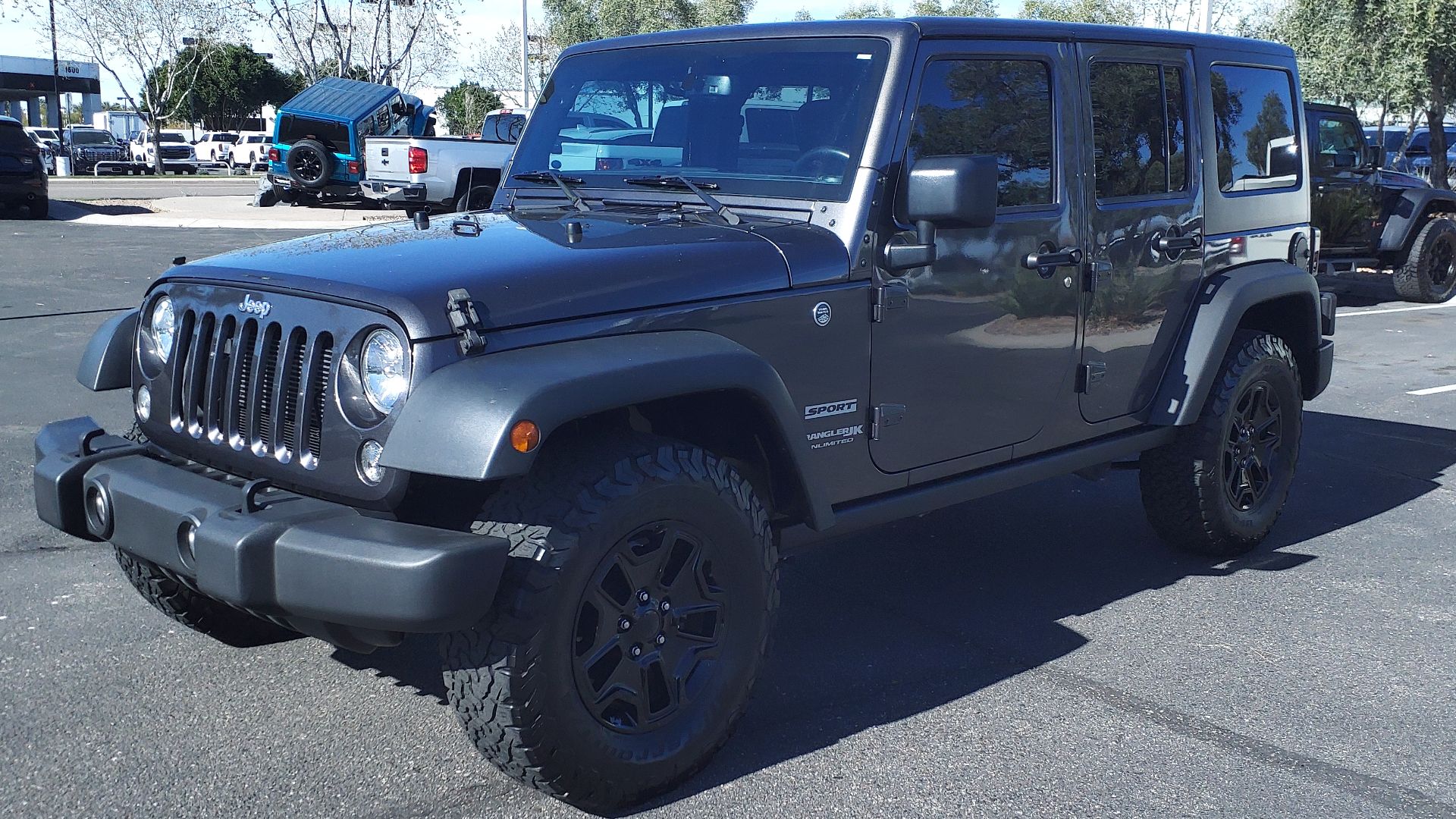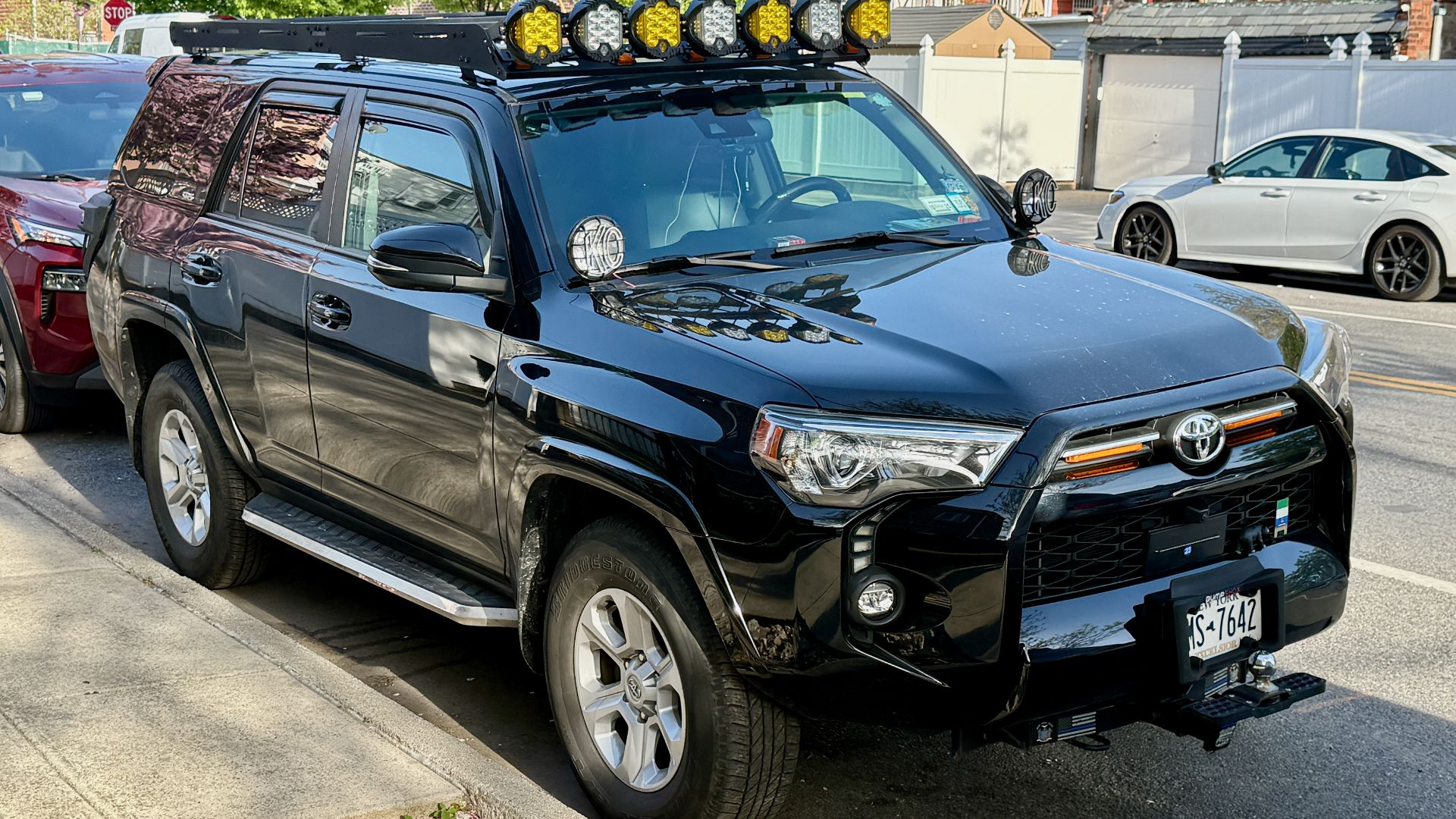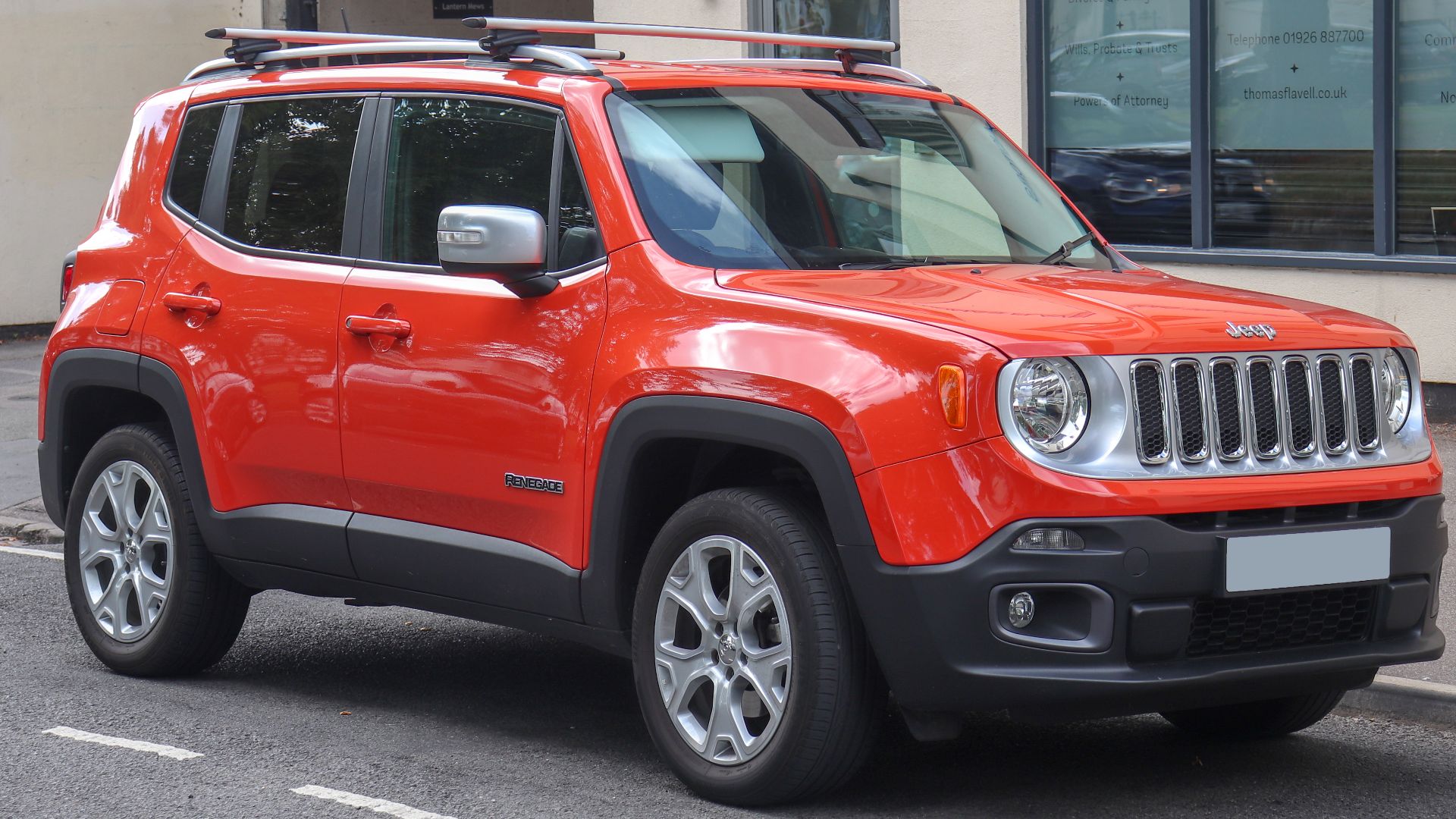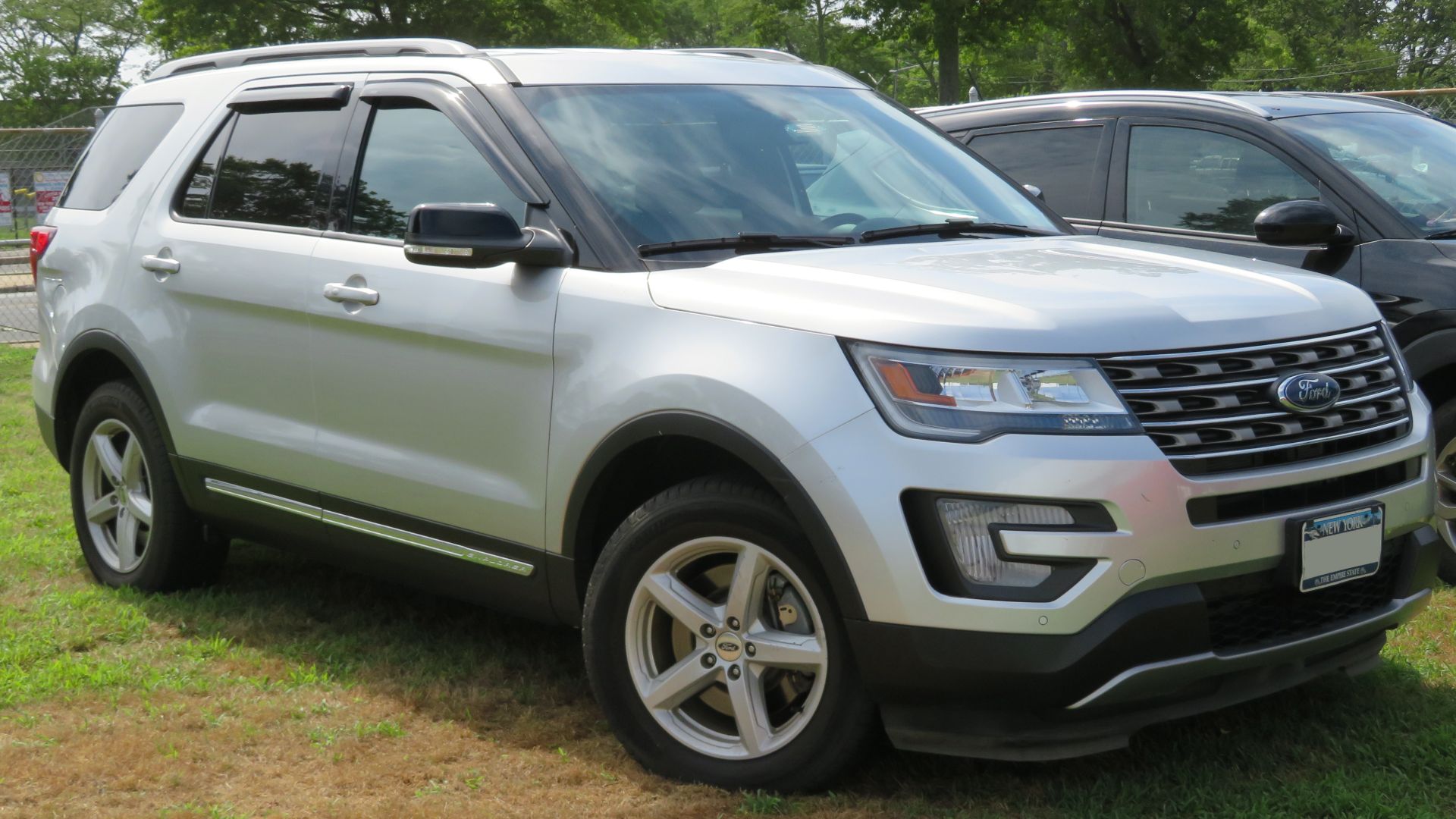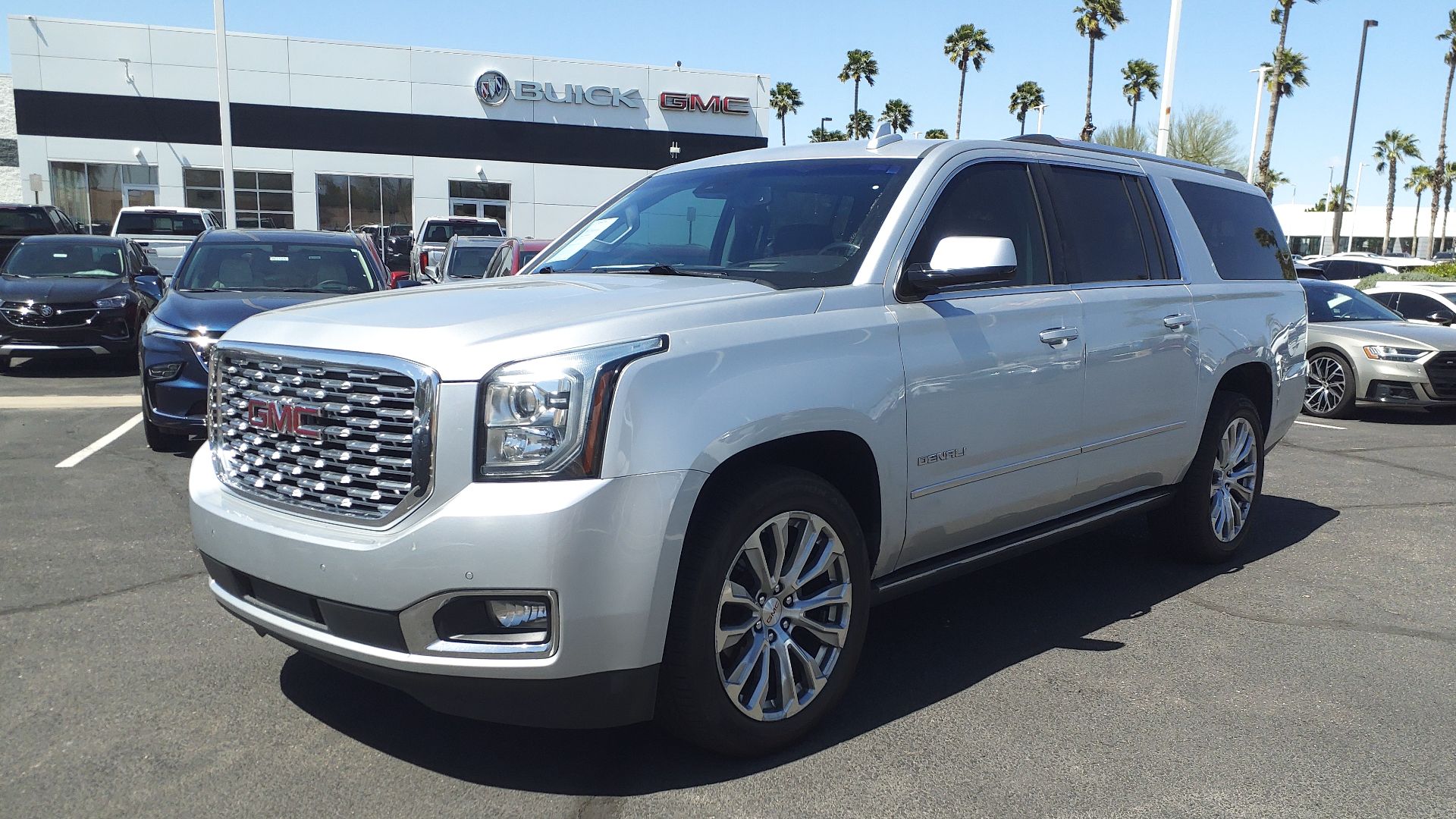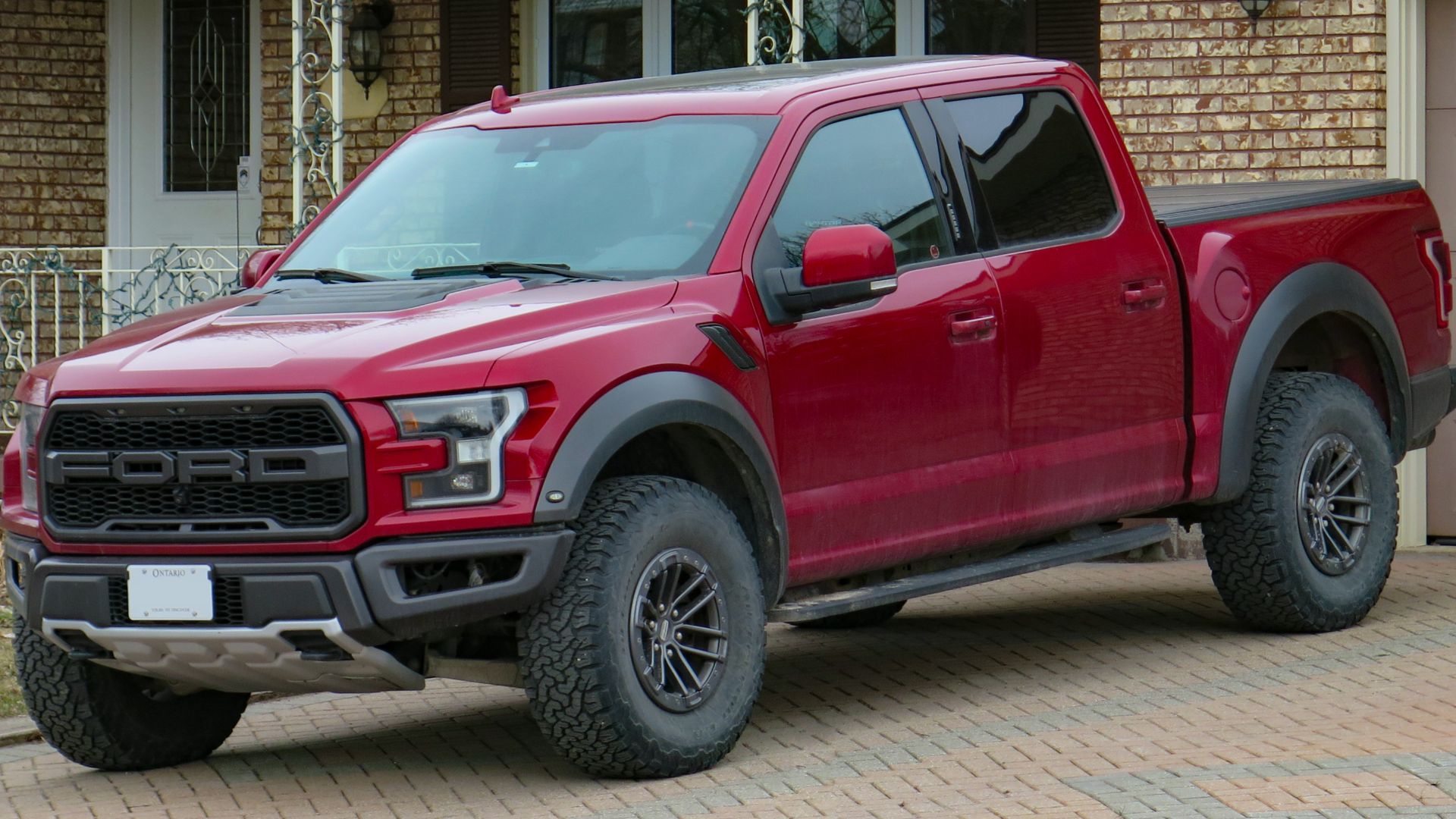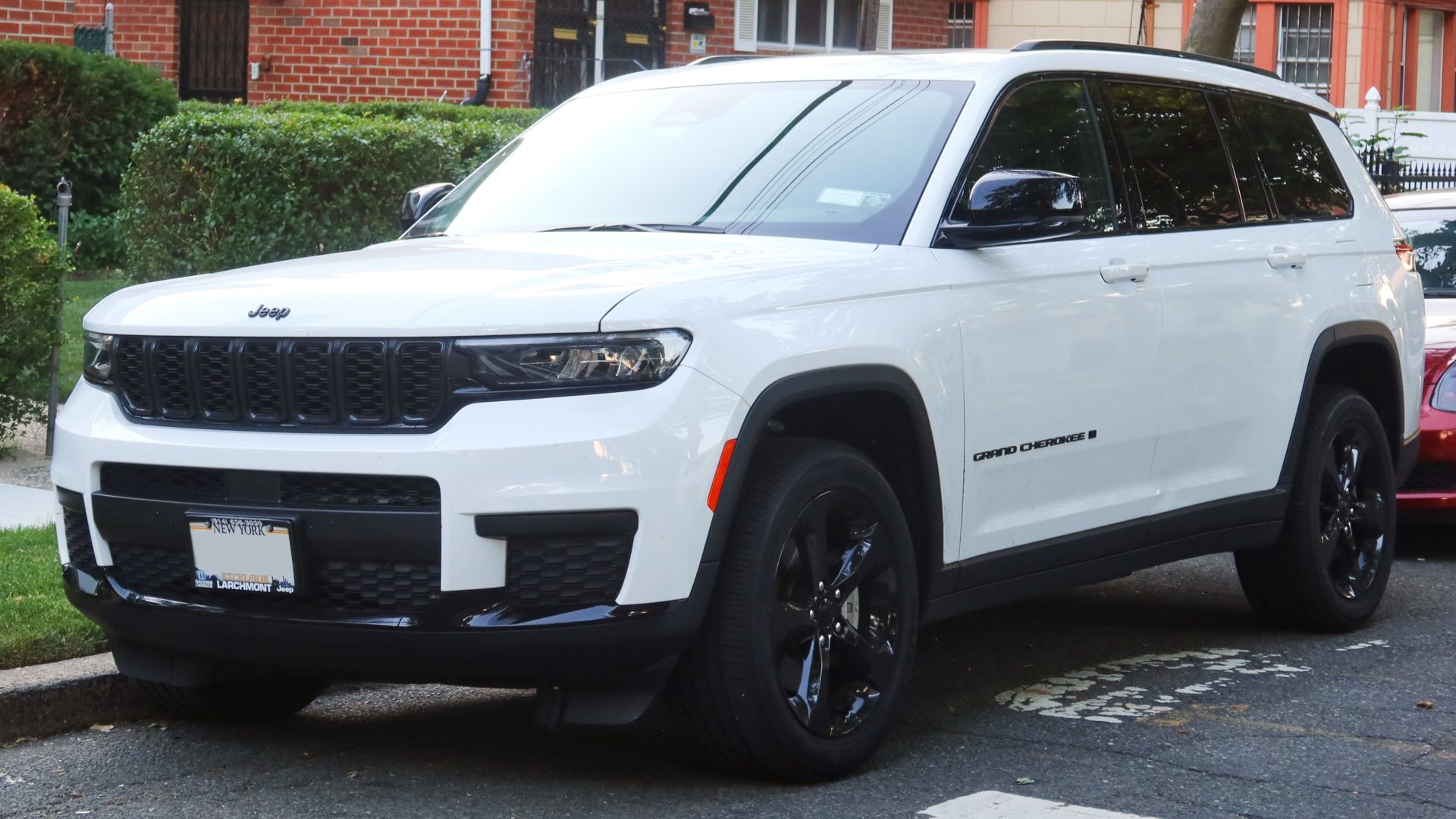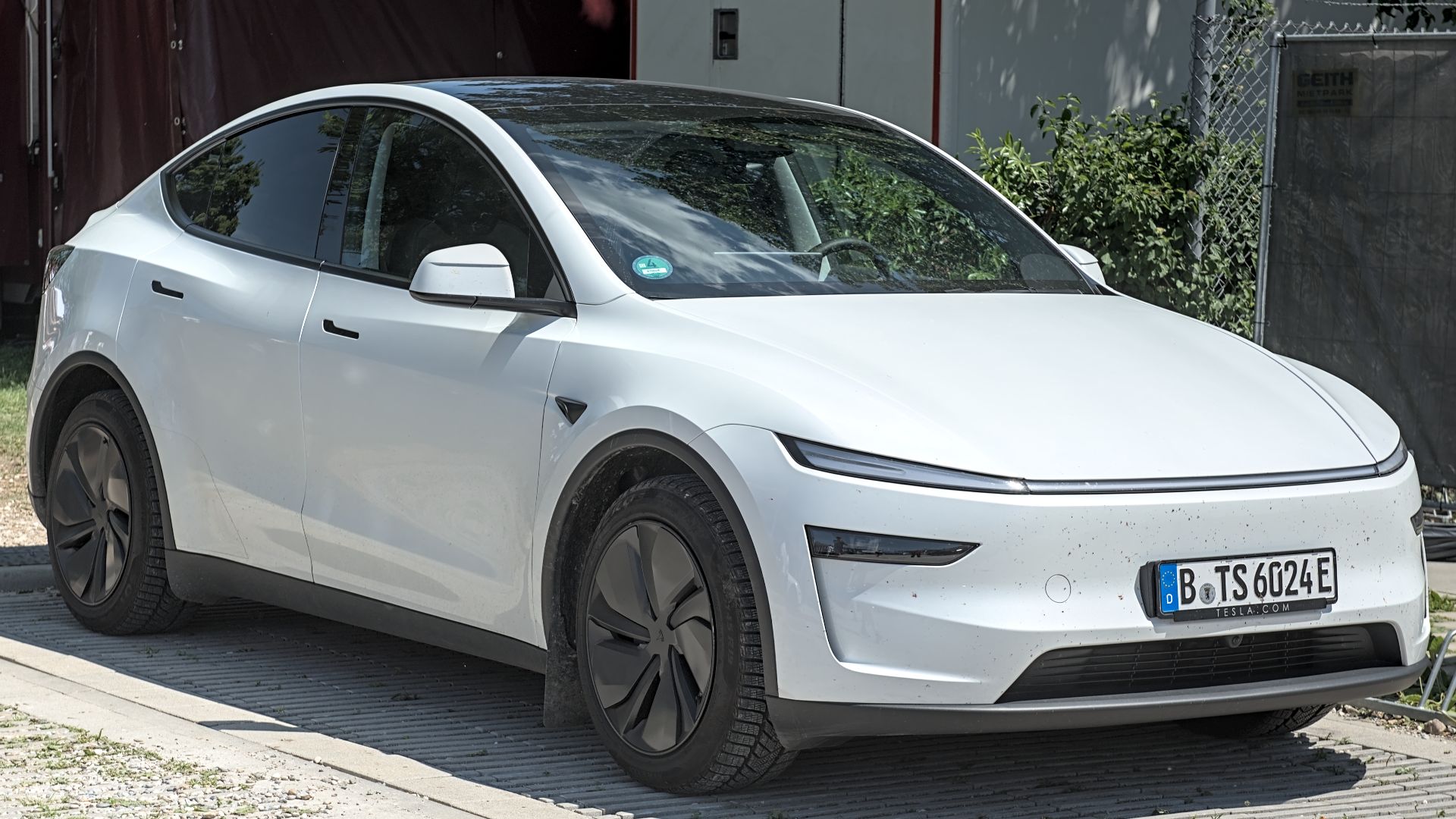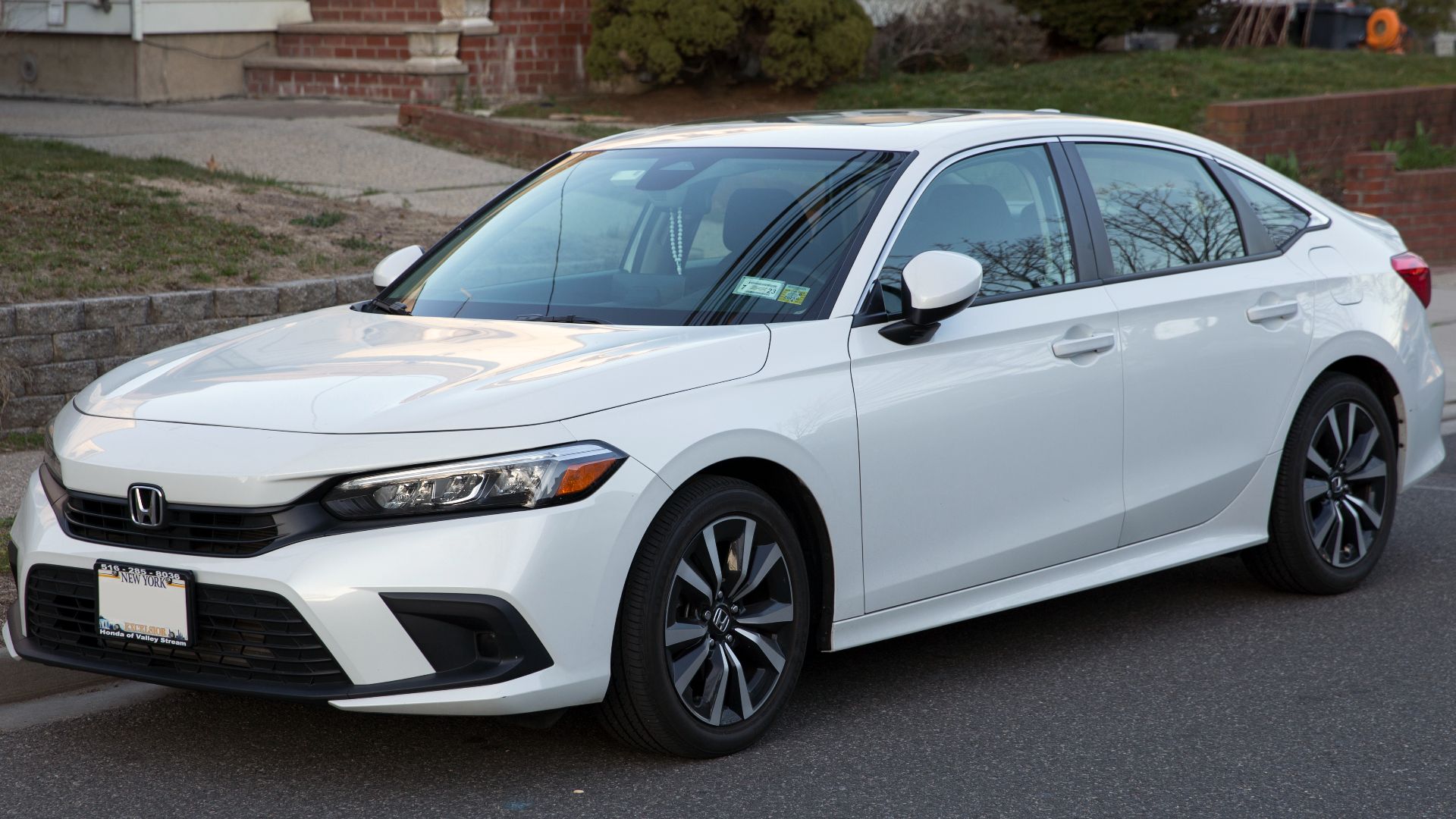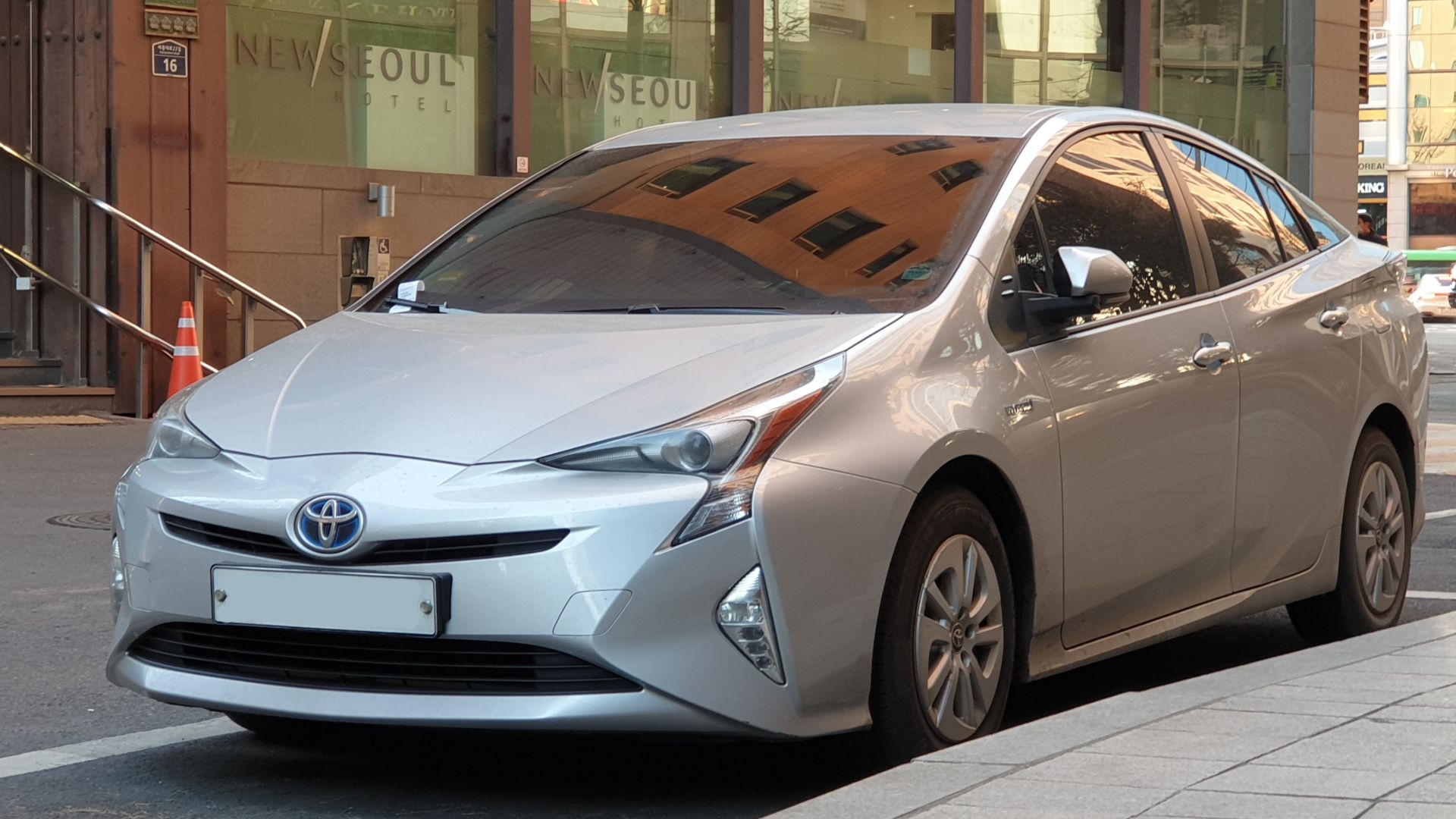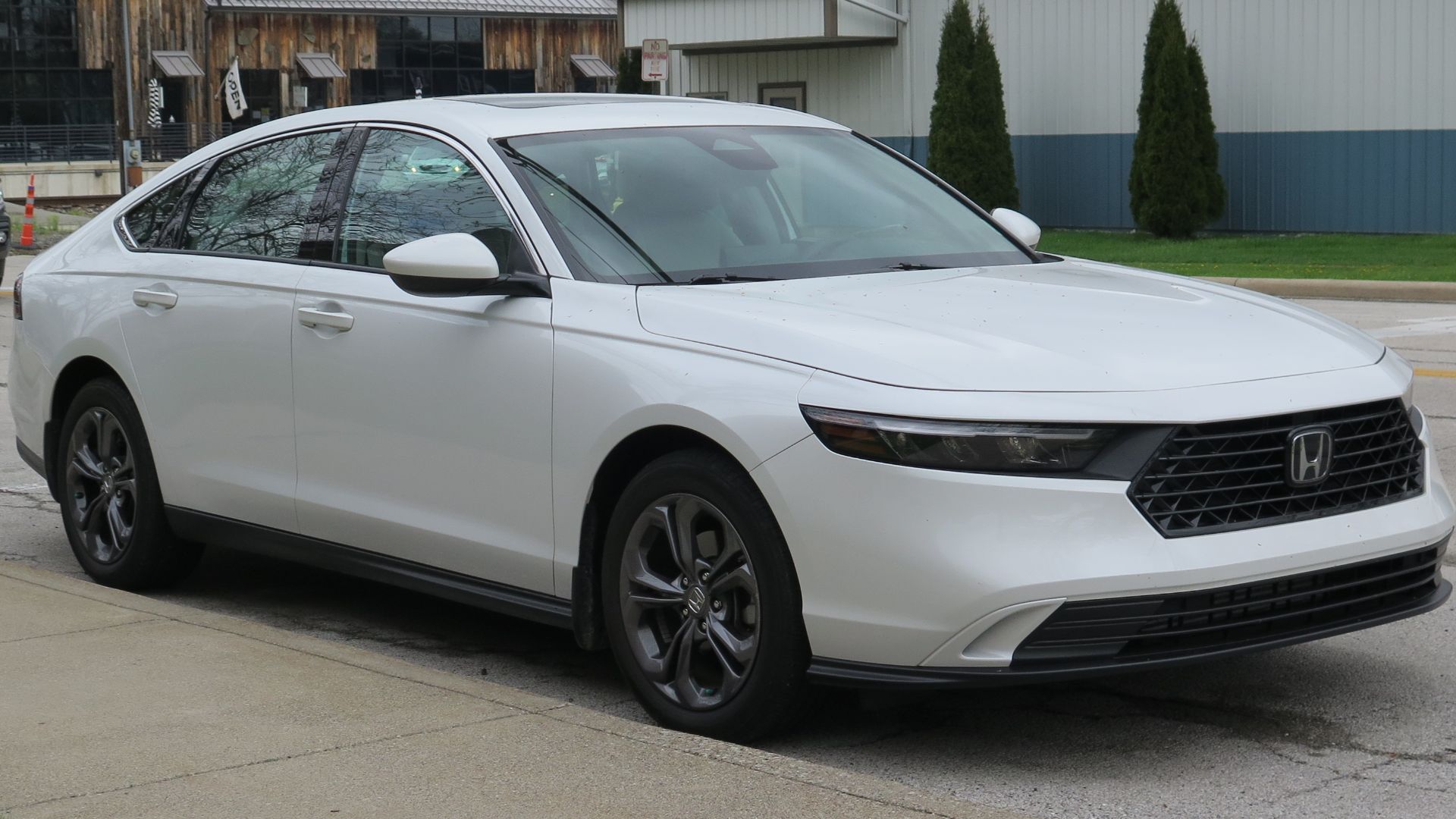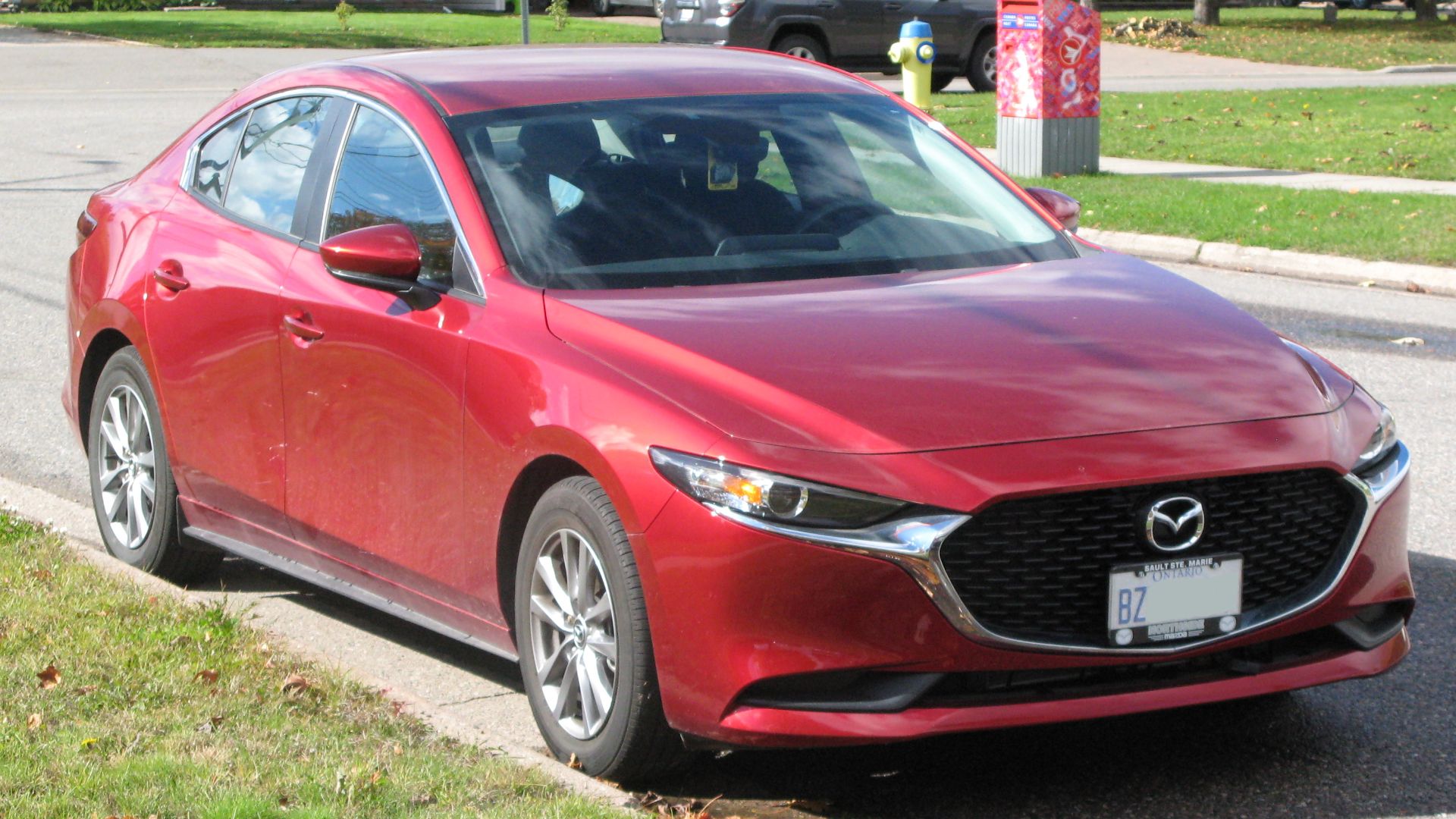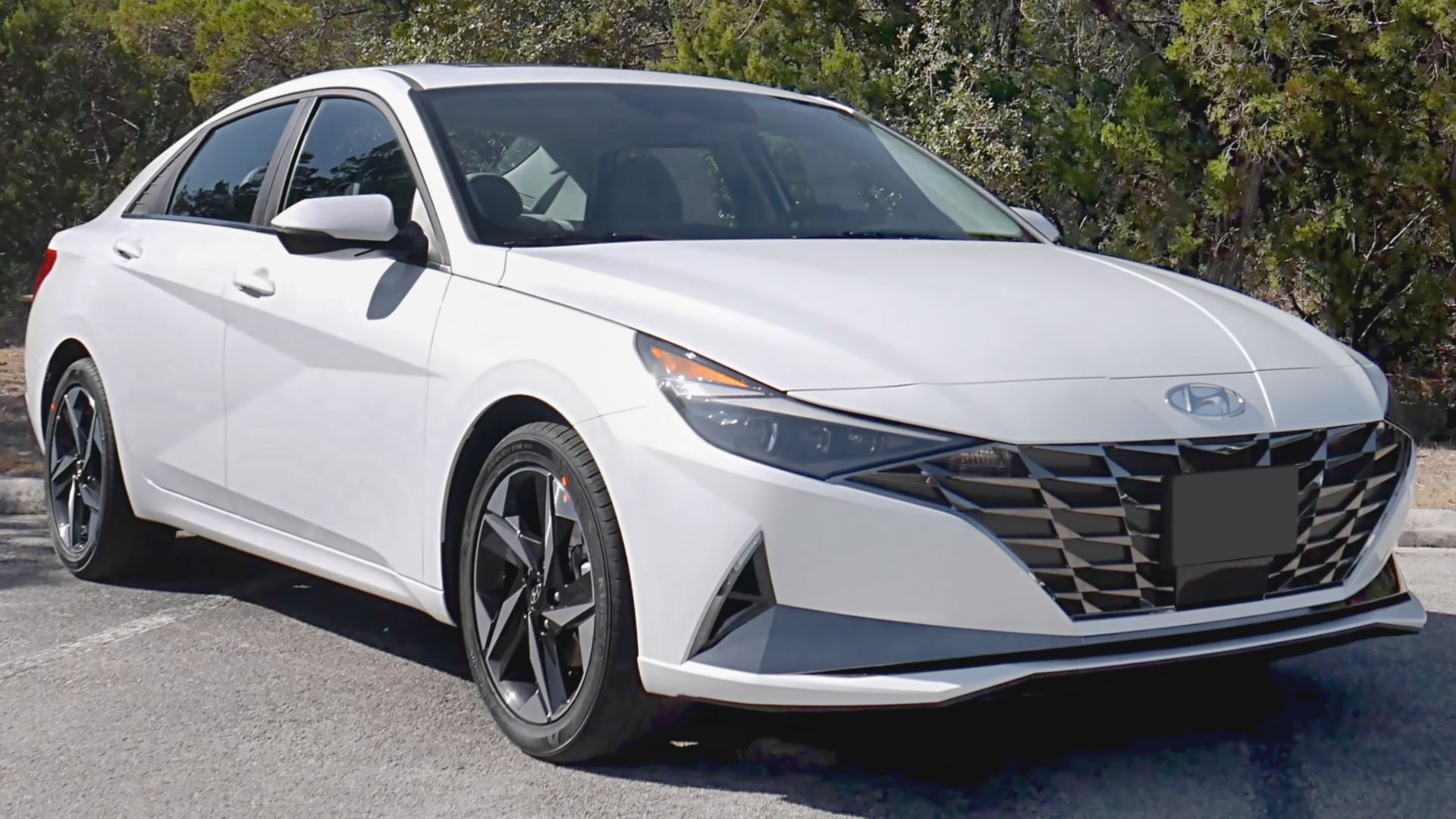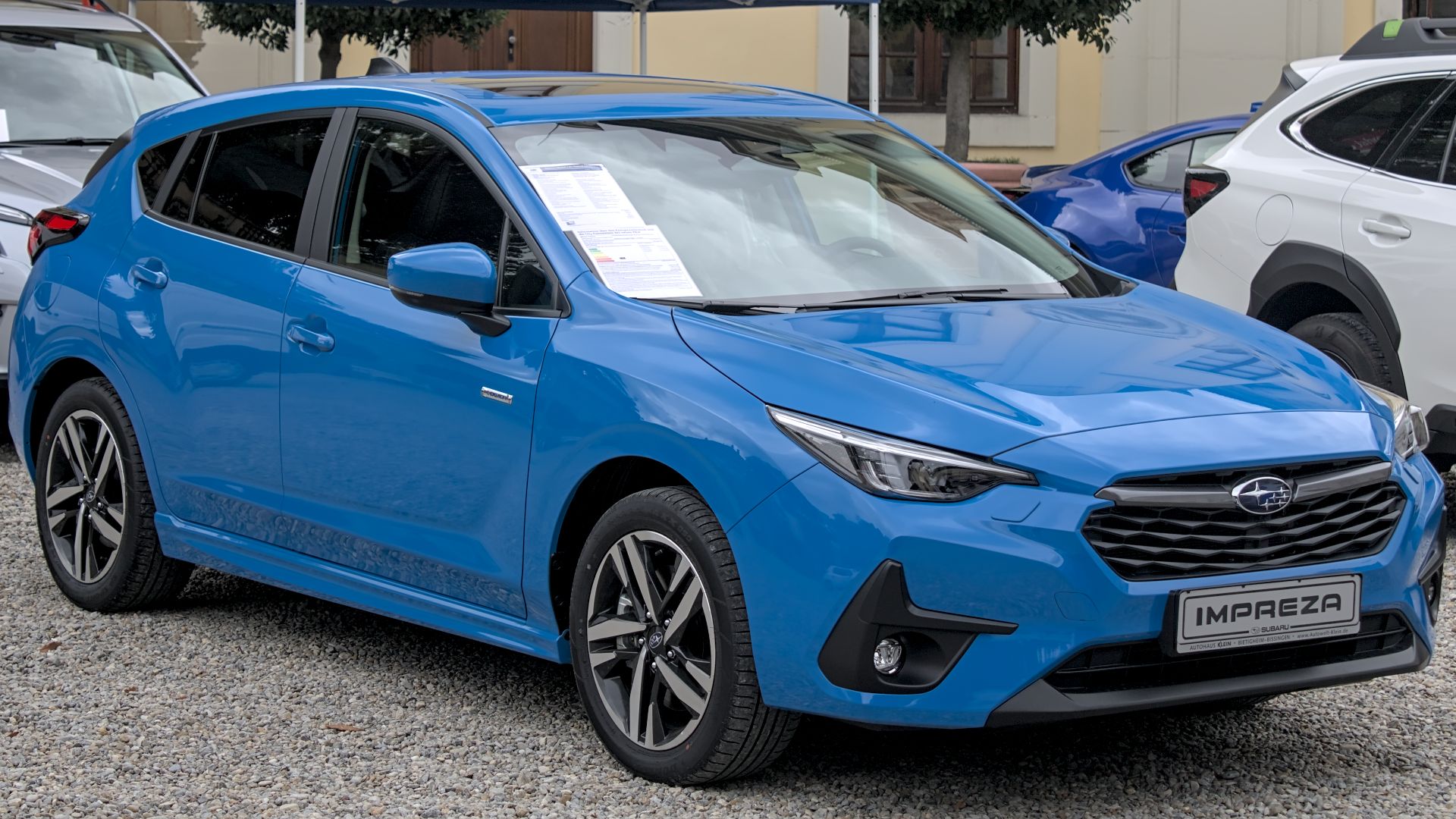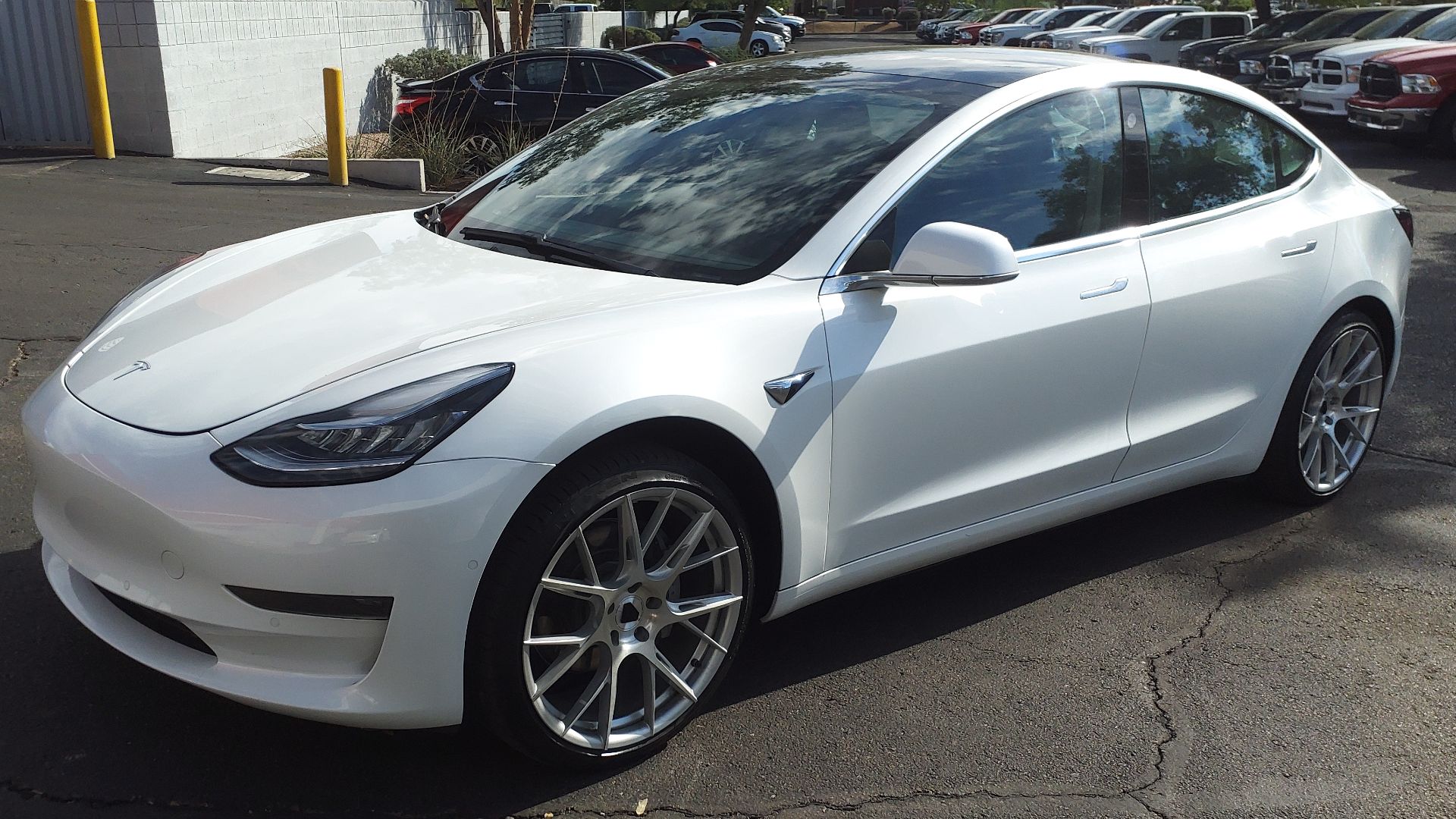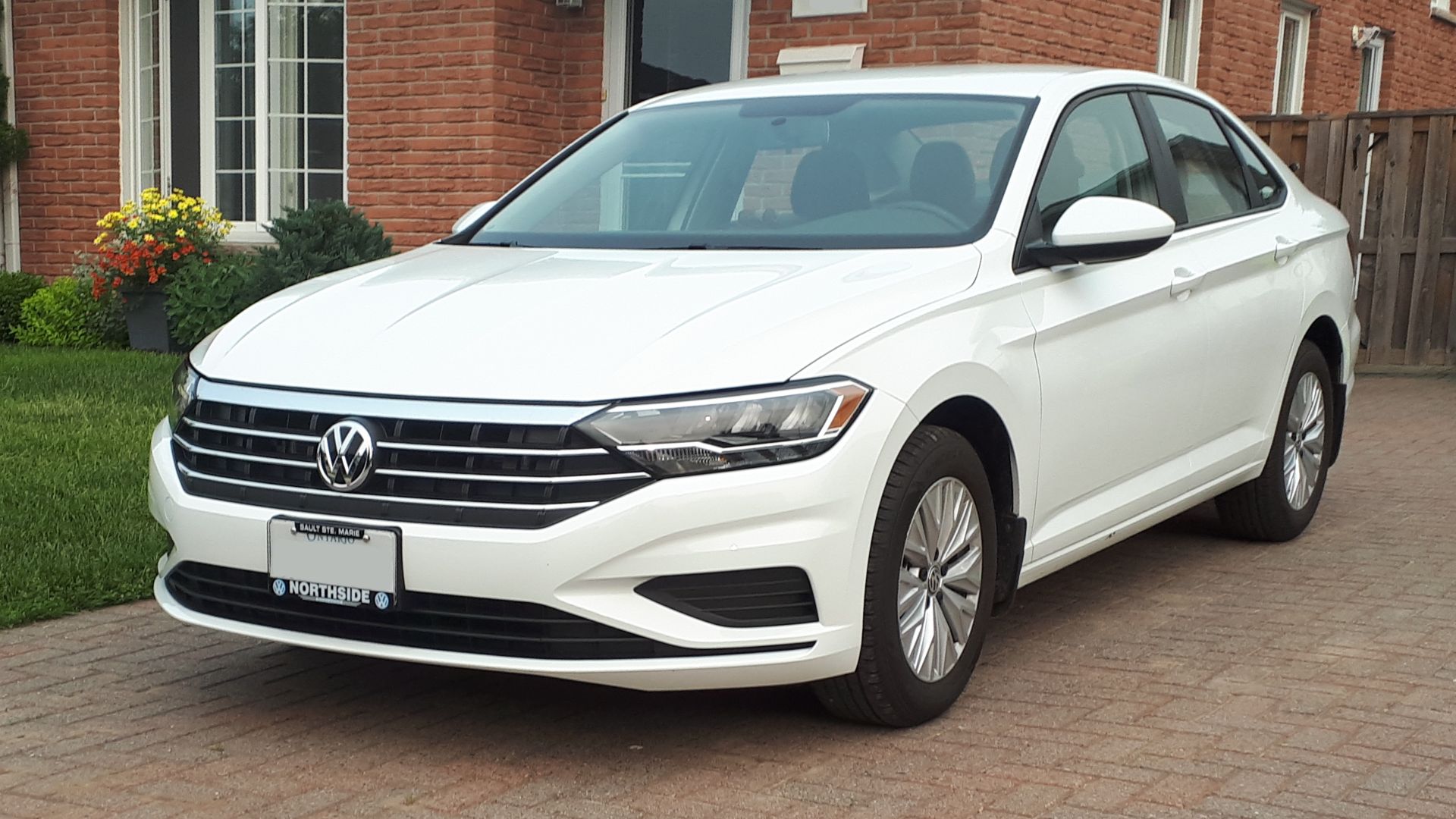10 Vehicles With The Highest Rollover Risk & 10 You’re Completely Safe In
Topple Vs Steady
Ever wondered why some vehicles tip over more easily than others? Physics plays a sneaky role in your safety on the road. Tall trucks and boxy SUVs might look tough, but their high centers can betray you when cornering. Meanwhile, those sleek sedans and modern electrics stay glued to the pavement. Let's start by looking at some rides that tend to flip easily.
1. Toyota Tacoma Pickup (2016–2024)
The fundamental physics of the center of gravity play a critical role in Tacoma's handling dynamics, as its mass distribution creates inherent stability challenges. This engineering reality is compounded by the pickup's specialized off-road suspension, tall ground clearance, and notably narrow track width.
2. Jeep Wrangler Unlimited (2018–2024)
While most modern SUVs offer relatively stable handling characteristics, the Jeep Wrangler Unlimited diverges significantly from segment norms. Its specialized off-road design elements—notably the narrow wheelbase and elevated ground clearance—combine with a distinctively boxy profile.
3. Ford E-Series (E-350) Passenger Van (2015–2024)
The Ford E-350 has established itself as a versatile workhorse, serving everything from shuttle services to ambulance conversions, with its spacious interior making it a favorite for commercial applications. Yet this utility comes with a sobering caveat: its tall, narrow profile.
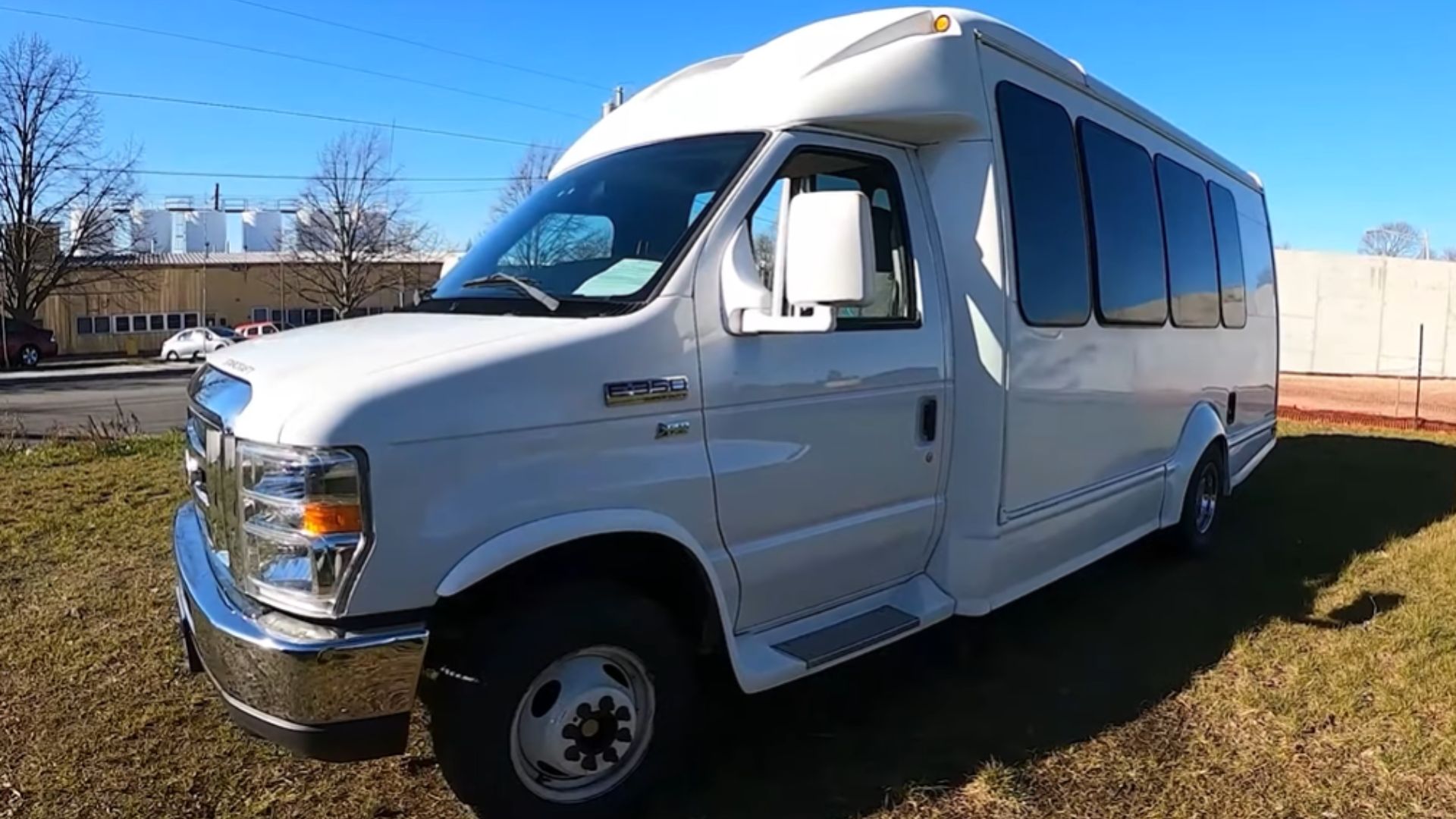 2015 Ford E-350 Shuttle Bus POV Review // Radial Reviews by Radial Reviews
2015 Ford E-350 Shuttle Bus POV Review // Radial Reviews by Radial Reviews
4. Toyota 4Runner (2017–2024)
According to NHTSA testing, the Toyota 4Runner ranks as the large SUV with the highest rollover risk during crashes. This concerning safety designation stems from its traditional truck-frame architecture and specialized off-road suspension system, which significantly elevates the vehicle's center of gravity.
5. Jeep Renegade (2015–2023)
NHTSA safety evaluations reveal the 2015–2023 Jeep Renegade's concerning rollover ratings among subcompact SUVs, with data pointing to specific design elements as key factors. Analysis traces these stability concerns to the vehicle's fundamental architecture, which is a combination of tall, boxy bodywork.
6. Chevrolet Tahoe (2015–2024)
Despite its impressive popularity with law enforcement and government fleets, the Chevrolet Tahoe comes with a notable safety trade-off. While its commanding full-size SUV design delivers the presence these agencies seek, the vehicle's high center of gravity makes it particularly susceptible.
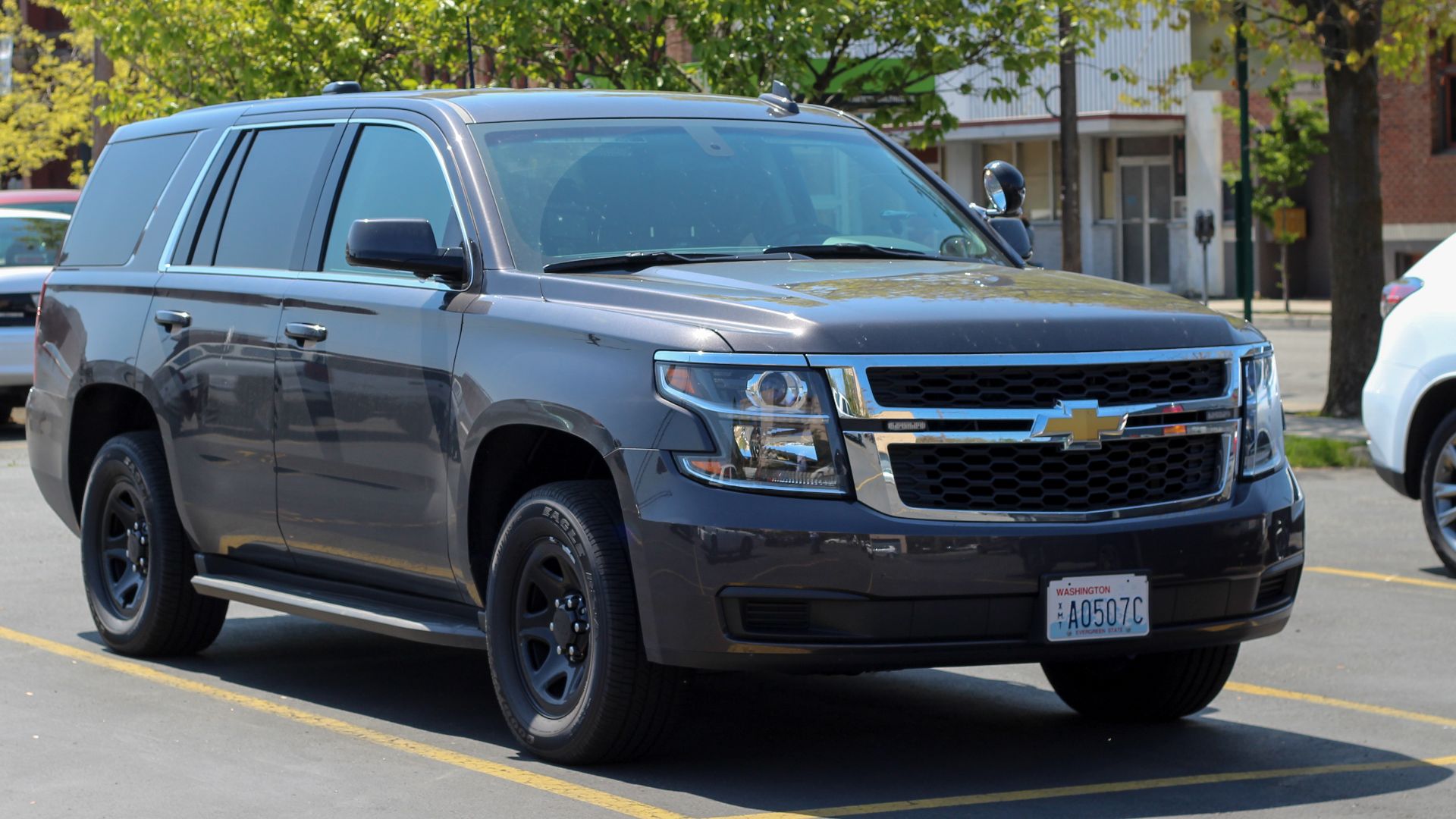 Alex Smith from Fort Collins, CO, United States on Wikimedia
Alex Smith from Fort Collins, CO, United States on Wikimedia
7. Ford Explorer (2011–2019)
What started as a curious investigation into detaching A-pillar trim on the 2011–2019 Ford Explorer led safety experts down a revealing path. Behind those falling trim pieces lay a more fundamental concern. It is the SUV's inherently precarious layout.
8. GMC Yukon (2015–2024)
In an era when SUVs increasingly dominate American roads, the GMC Yukon and its platform twin, the Chevrolet Tahoe, personify both the appeal and challenges of supersized family transport. Its tall stature and substantial mass craft an unmistakable problem of elevation.
9. Ford F-150 Pickup (2015–2020)
Engineering the F-150 required some fascinating trade-offs: to achieve that coveted truck utility and commanding road presence, Ford necessarily raised the ride height skyward. But physics has a cheeky way of demanding balance. That tall stance and lighter rear end do no good.
10. Jeep Grand Cherokee (2011–2021)
The evolution of the Jeep Grand Cherokee demonstrates how market demand for commanding SUV presence shaped vehicle architecture. While NHTSA awarded strong overall safety ratings, the engineering requirements for off-road capability necessarily led to a higher center of gravity.
Now, let’s look at the cars that stay firmly planted.
1. Tesla Model Y SUV (2020–2025)
While traditional SUVs have long battled the specter of rollover risk due to their profile, Tesla's Model Y rewrites the rulebook through revolutionary design. By nestling its battery pack low in the chassis, this electric SUV achieves an uncommonly low center of gravity.
2. Honda Civic Sedan (2022–2025)
The Honda Civic Sedan's engineering fundamentals—its compact footprint and purposefully low center of gravity—translate directly into exceptional stability performance. This architectural approach yields superior rollover resistance, validated by NHTSA's prestigious 5-star rating and classification as a “Passenger Car Compact”.
3. Toyota Prius Hatchback (2023–2025)
When it comes to staying rubber-side-down, the 2023–2025 Toyota Prius Hatchback proves that defying gravity is all about playing it low. It's remarkably reduced rollover risk comes from a cleverly engineered foundation, where hybrid batteries nestle down low and advanced stability control stands guard.
4. Honda Accord Sedan (2023–2025)
NHTSA's rigorous rollover resistance testing confirms the Honda Accord Sedan's exceptional safety performance, awarding it top ratings in this critical category. This achievement is due to purposeful engineering choices: the Vehicle Stability Assist technology provides additional control during emergency situations.
5. Mazda3 Sedan/Hatchback (2019–2025)
At the heart of the Mazda3's safety excellence lies its class-leading static stability factor, an engineering achievement that reduces rollover probability. This mathematical advantage translates into real-world protection, evidenced by both sedan and hatchback variants earning NHTSA's prestigious 5-star overall rating.
6. Hyundai Elantra Sedan (2021–2025)
While many assume all compact sedans face similar rollover risks, this beast decisively breaks this paradigm. Through precision-engineered features, including an optimized low center of gravity and advanced stability control systems, the Elantra achieves exceptional static stability metrics.
7. Subaru Impreza Sedan/Hatchback (2024–2025)
The engineering foundation of the Subaru Impreza centers on its low-gravity architecture, which works in concert with the vehicle's advanced chassis structure and standard all-wheel drive system to maximize stability. These fundamental design elements historically correlate with superior rollover resistance.
8. Tesla Model 3 Sedan (2018–2025)
Traditional sedans have long grappled with rollover risks, but Tesla's Model 3 revolutionized vehicle stability through innovative battery placement. By integrating the power source beneath the floor, Tesla engineered an exceptionally low center of gravity.
9. Volkswagen Jetta Sedan (2019–2025)
Think sedans can't match SUVs for stability? The 2019–2025 Volkswagen Jetta rewrites that narrative with sophisticated engineering that keeps it remarkably steady. Its ground-hugging center of gravity, paired with advanced electronic stability control, delivers superb rollover resistance.
10. Toyota Camry Sedan (2021–2025)
Toyota's engineering philosophy shines through in the Camry's thoughtful layout approach to safety. By incorporating a low center of gravity and advanced stability control systems, this sedan delivers amazing on-road stability. The results speak for themselves, with the NHTSA rating.
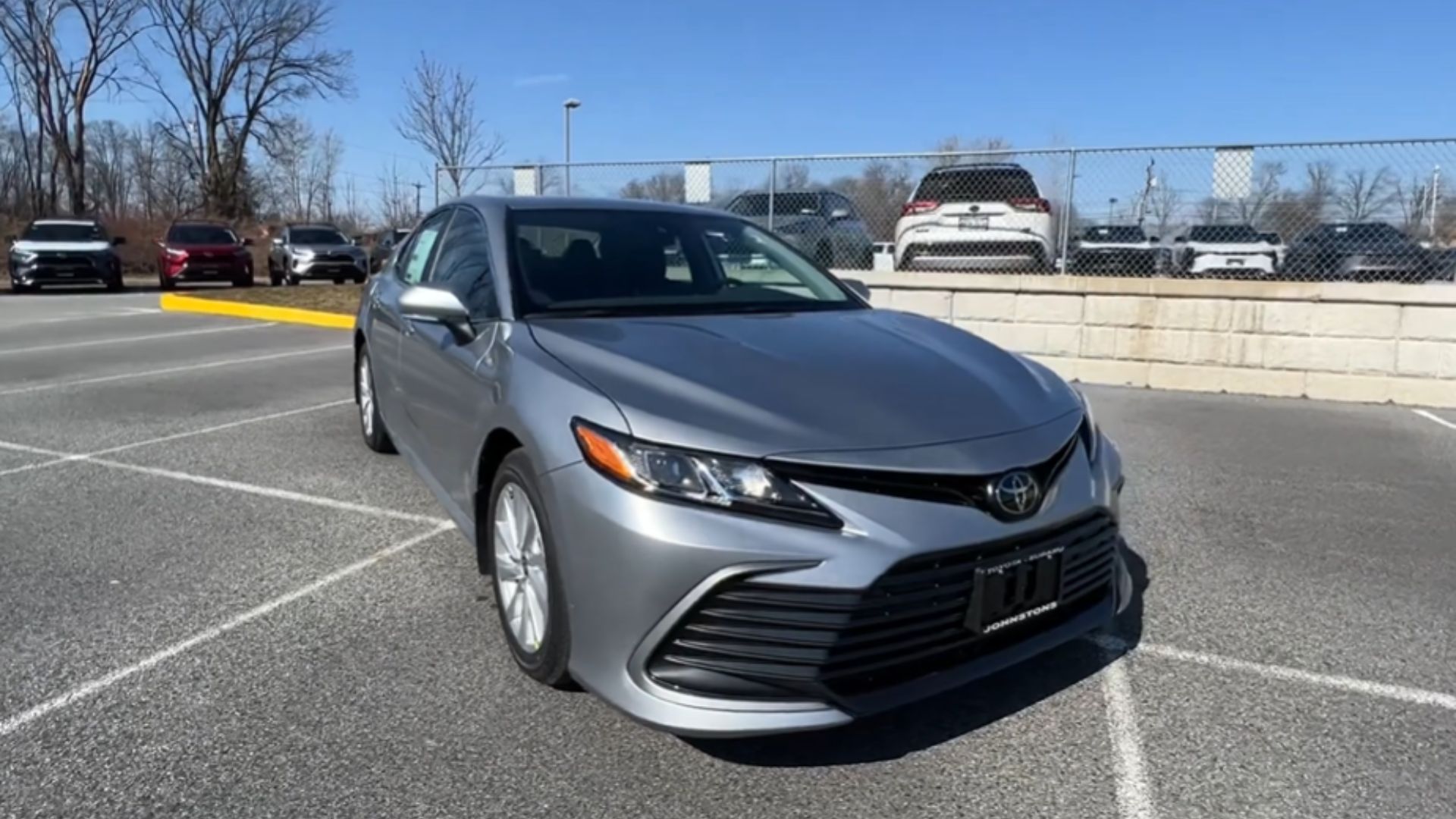 The 2023 Toyota Camry LE - (DEEP dive on this fine base model sedan) by Brian Ruperti
The 2023 Toyota Camry LE - (DEEP dive on this fine base model sedan) by Brian Ruperti


